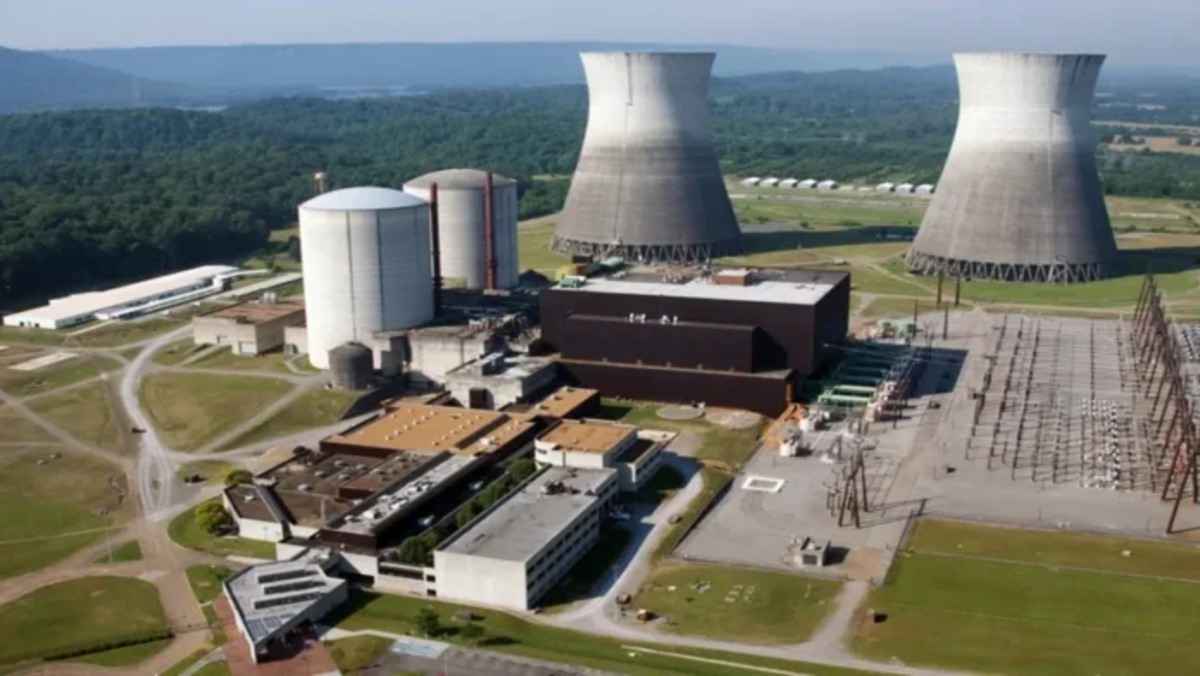Bihar is poised to make history by becoming one of the pioneering states in India to host a nuclear power plant facility. This major development comes at a critical juncture, just ahead of the upcoming state assembly elections, and forms part of India’s broader Nuclear Energy Mission.
The Nuclear Energy Mission: Powering a Clean Future
As part of its vision to ensure clean, reliable, and long-term energy solutions, the Government of India has launched the Nuclear Energy Mission. With an impressive allocation of Rs 20,000 crore in the Union Budget 2025–26, the mission’s goal is ambitious: to set up at least one nuclear power plant in every Indian state. This initiative is expected to play a vital role in meeting the country’s rising energy demands and achieving long-term energy security.
Small Modular Reactors: The Core of Bihar’s Plant
The upcoming nuclear power plant in Bihar will deploy Small Modular Reactor (SMR) technology. Unlike conventional nuclear reactors, SMRs are compact, cost-efficient, and safer. Their modular nature allows for quicker deployment and better integration with smaller or remote grids. These reactors are considered the next frontier in nuclear energy, emphasizing safety, scalability, and sustainability.
Boosting Bihar’s Power and Industrial Capabilities
For a state like Bihar, which has struggled with inconsistent power supply and infrastructural limitations, this nuclear plant marks a turning point. It promises more consistent electricity access, paving the way for enhanced industrial development and reducing chronic power shortages.
Complementing with Battery Storage
To further strengthen Bihar’s power infrastructure, the Central Government has sanctioned a 1,000 MW battery storage project. Designed to improve grid resilience and enable smooth integration of renewables, this initiative is backed by a viability gap funding of Rs 18 lakh per MW. This dual investment in nuclear and battery storage underlines a forward-looking energy strategy.
Vision 2035: A Diverse Energy Roadmap
India’s long-term energy blueprint for 2035 includes a well-rounded mix of thermal, solar, wind, storage, and nuclear sources. The inclusion of advanced nuclear technologies like SMRs signals a clear commitment to innovation and sustainability in meeting the country’s future power needs.
In Summary, Bihar’s entry into the nuclear energy space is not just symbolic—it reflects a transformative approach to energy planning. With strong central support, cutting-edge technology, and a clear long-term vision, the state is stepping into a new era of power security and economic growth.



